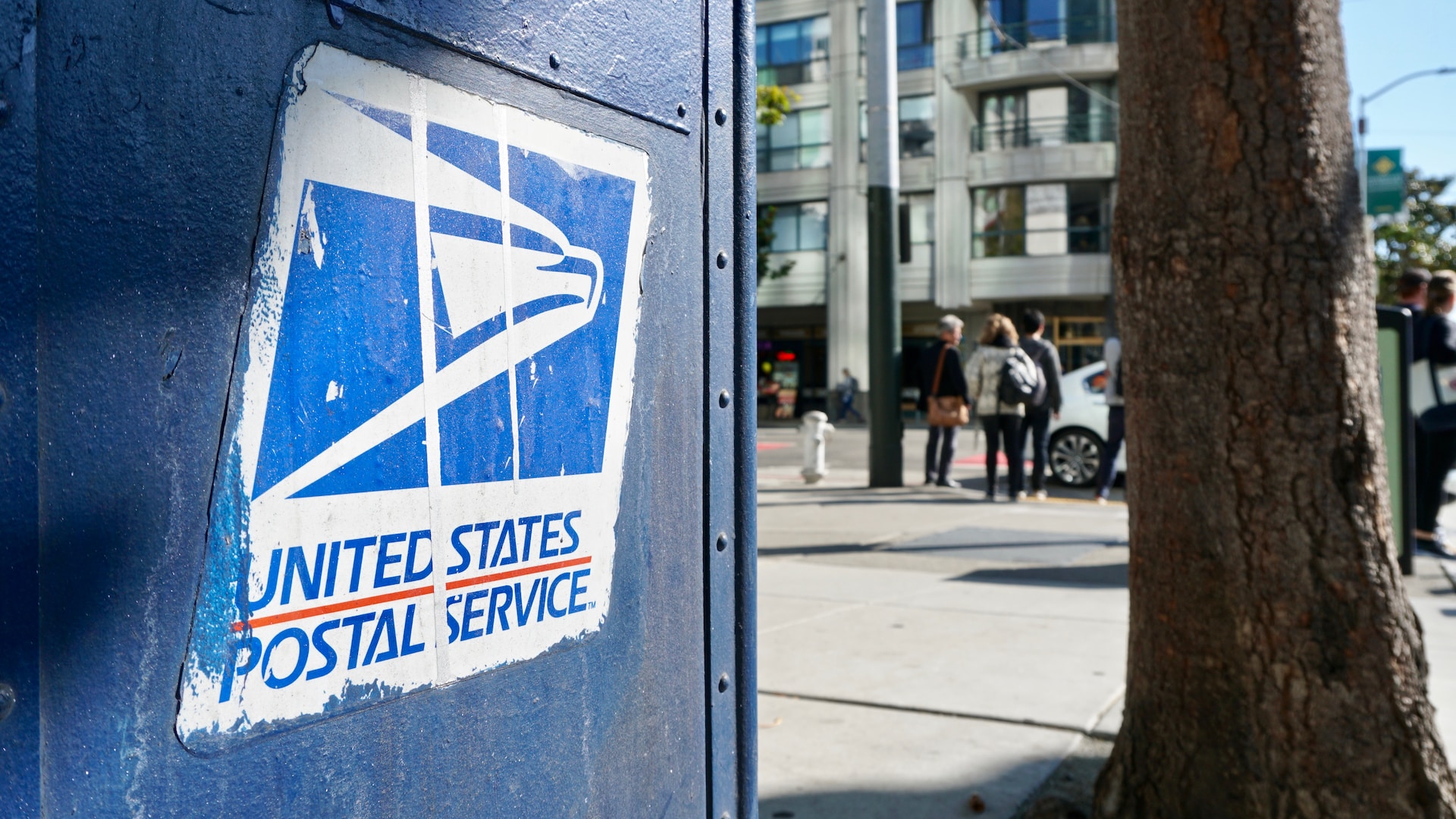
Media mail is a special service offered by the United States Postal Service (USPS) that allows customers to send books, sound recordings, and other media items at a lower cost than regular mail. However, many people wonder how often is media mail inspected by USPS and what are the consequences of violating the media mail rules. In this article, we will answer these questions and provide some tips on how to use media mail effectively and legally.
What is Media Mail and How to Use It?
Media mail is a type of mail service that was introduced by USPS in 1938 to encourage the dissemination of educational materials. Media mail allows customers to send books, printed music, computer-readable media like CDs and DVDs, and other media products at a reduced postage rate. Media mail is priced by weight and can be used for both domestic and international shipments.
To use media mail, customers need to comply with the following requirements:
- The package must contain only eligible media items. Items that are not eligible to be sent via media mail include advertising, video games, magazines, newspapers, personal correspondence, and any item that contains information that can be updated or revised.
- The package must not weigh more than 70 pounds.
- The package must be marked as “Media Mail” on the outside.
- The package must be securely sealed and not allow for easy inspection of the contents.
How Often is Media Mail Inspected by USPS?
One of the most common questions that customers have about media mail is how often is media mail inspected by USPS. The answer is not straightforward, as there is no official data on how many media mail packages are inspected each week or month. However, based on anecdotal evidence and customer reviews, it seems that media mail inspections are fairly common and random.
USPS has the right to inspect any package that is sent through its system, regardless of whatever mail service is used. However, media mail packages are more likely to be inspected than regular mail packages because they have lower postage rates and stricter eligibility criteria. USPS inspects media mail packages to ensure that customers are not abusing the service and sending items that are not allowed.
There are two main ways that USPS inspects media mail packages:
- Manual package inspections: This involves opening and checking the contents of media mail packages by USPS employees. This can happen at any point during the delivery process, from the post office to the destination. Manual package inspections are usually done randomly or based on suspicion.
- X-ray inspections: This involves scanning media mail packages with x-ray machines to detect any prohibited items or materials. X-ray inspections are usually done at sorting facilities or distribution centers.
What Happens If Media Mail Packages Are Found to Contain Non-Media Items?
If a media mail package is found to contain non-media items during an inspection, USPS will take one of the following actions:
- Return the package to the sender: This can happen if the sender has provided a return address on the package or if the recipient refuses to accept the package. The sender will have to pay for the return postage and may also face a penalty for mail fraud.
- Deliver the package to the recipient with a postage due fee: This can happen if the recipient agrees to pay for the difference between the media mail rate and the regular mail rate. The fee will depend on the weight and size of the package and the type of service used. The recipient will also have to pay for any additional fees or taxes that may apply.
- Seize or destroy the package: This can happen if the package contains illegal or hazardous items or materials that cannot be returned or delivered.
How to Avoid Media Mail Inspection Problems?
The best way to avoid media mail inspection problems is to follow the rules and regulations of using media mail. Here are some tips on how to do that:
- Only send eligible media items via media mail. Do not try to sneak in non-media items or disguise them as media items.
- Pack your media items securely and neatly. Do not leave any gaps or holes in your package that may invite inspection.
- Label your package clearly and correctly as “Media Mail”. Do not use any other labels or markings that may confuse or mislead USPS employees, This will lead to additional delivery time.
- Keep your receipts and tracking numbers for your media mail shipments. This will help you in case of any disputes or claims.
- Be prepared to pay extra fees or taxes if your media mail package is inspected and found to contain non-media items. Do not argue or complain with USPS employees or customer service representatives.
Summary
USPS Media mail is a great way to save money on shipping books and other media items, but it also comes with some risks and challenges. Media mail packages are often inspected by USPS to ensure compliance with the service rules and regulations. If a media mail package is found to contain non-media items, USPS may return it, deliver it with a postage due fee, or seize it. To avoid these problems, customers should only send eligible media items via media mail, pack them securely and neatly, label them clearly and correctly, and keep their receipts and tracking numbers. By following these tips, customers can enjoy the benefits of media mail without any hassle or trouble.
